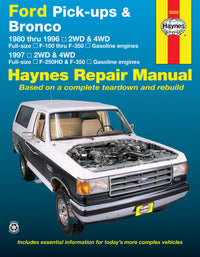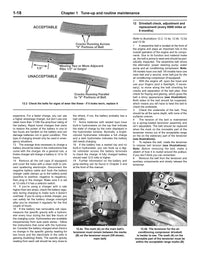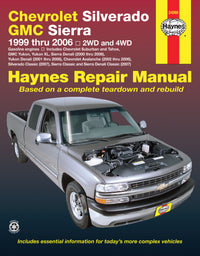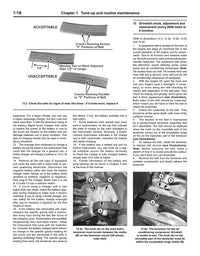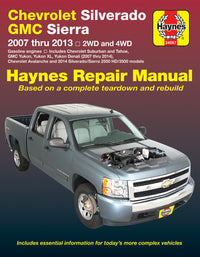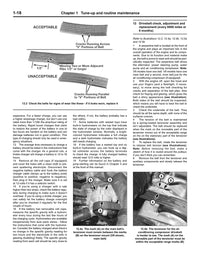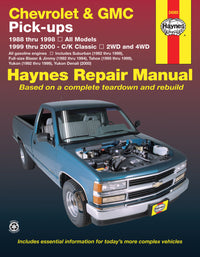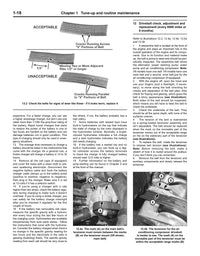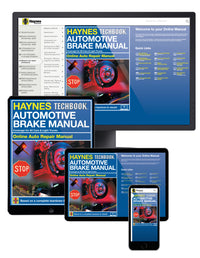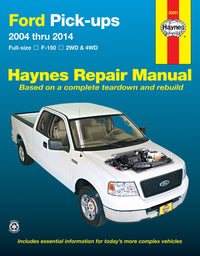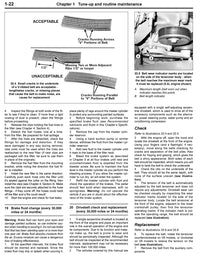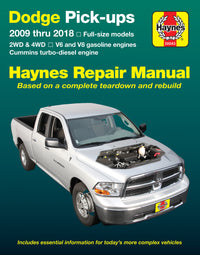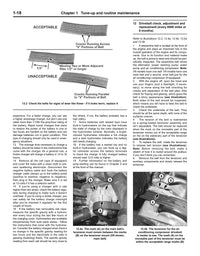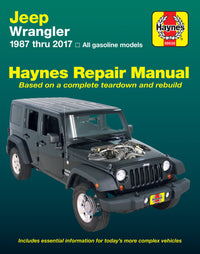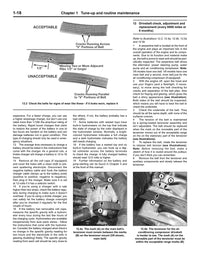It's usually easy to diagnose a stuck brake caliper, because your car will likely pull to one side when you brake, or you'll smell burning odour as the pads rub against the disc while you're driving along. This is doubly bad because not only will it wear out the pads in short order, but it'll also increase your fuel consumption as your car fights against the dragging brake. But don't worry, because here we tell you how to fix the issue.
What are the symptoms of a seized brake caliper?
There are several reasons why brakes drag or bind, but it is typically because something in the system has seized, or become stuck. The piston can stick within the caliper. Brakes pads can get skewed and seize. On single-piston calipers, sometimes the slide pins seize. Finally, if a car is allowed to sit in a damp environment, the pads can actually become stuck to the disc.
If a brake becomes seized when the vehicle is unused, the symptoms are fairly obvious – when you try to drive it feels like the brakes are on! Sometimes it is so bad the car won’t move at all.
If it is the caliper slide pins that have seized, the car may appear to drive normally, but the pads will only be pushed onto the disc from the piston side. This will give reduced braking ability on one wheel, and wear the pad on the piston side much faster. In cases like these, the car may pull to the opposite side when the brakes are applied.
If the piston is stuck within the caliper, or the pad is stuck, the car can feel down on power (as if the parking brake is on). You may also notice the car pulling to one side with the steering wheel pointed straight, when cruising and not applying the brake.
As you drive, the seized brake may also get hot – very hot. You'll quickly smell the brakes overheating (it's a distinctive acrid smell) and may even see smoke coming off them. If this occurs, stop! Driving with a badly binding brake can generate enough heat to start a fire, but even if it doesn’t you can damage the discs and any component connected to the wheel hub.
In many cases, the brakes binding on one wheel will happen so gradually that you don’t notice the difference. It may only become apparent in your state’s yearly safety inspection when they test the brakes for proper function, and straight stopping.
Discover how to change the front brake pads and rear brake pads on your vehicle!

What causes brakes to seize?
The main cause of brakes seizing is inactivity, coupled with corrosion. If a vehicle is left sitting for months it's not uncommon for the brakes to seize, especially if it is parked outside. Brake discs can rust causing the pads to become stuck to them, or a caliper piston, or slider pin can get stuck for similar reasons. Brakes are subjected to a huge range of temperatures, are permanently exposed to the elements, and are rarely serviced or inspected between pad changes. As a result, corrosion can build up in key areas and cause failure.
In the case of the rear brakes binding, it may not be the caliper/cylinder. Sometimes the handbrake cable or mechanism can just hang up, causing the brakes to remain on. To prevent a seized handbrake cable or mechanism, both should be lubricated periodically.
Also, remember to flush the fluid in your entire brake system every other year. Most brake fluids absorb water over time, and moisture can cause corrosion from within the caliper itself.
Brakes - the key components and how they work together

Unsticking a Seized Brake Caliper
If the cause of your brake issue is the parking brake cable/mechanism, a skewed pad, or the pads sticking to the disc, the remedy is fairly simple. Lubricating the parking brake system should fix that issue, and removing the pads and applying a small amount of grease to the edge should fix skewed pads. Once stuck pads have been freed from a disc, the solution is resurfacing the disc and replacing the pads.
For seized caliper pistons, or slide pins, a special tool is available to apply force and retract the pad. Often a simple C-clamp can be used. To remove a caliper piston that has become seized, the hydraulic pressure of the brake system itself can be used. Remove the caliper from the disc, and pump the brake pedal to move the piston past the corroded portion. Now you should be able to disassemble and rebuild it.
Brake caliper rebuild vs replace
Even if you free a stuck brake, there is a high likelihood of it seizing again if it was caused by the caliper piston, or slide pins. The corrosion that caused the unit to get stuck is still there, and it is only a matter of time before it sticks again. Replacing the bad caliper is always an option, but often it can be rebuilt for less money.
A rebuild is something a competent DIYer can do at home, and involves disassembly and cleaning, then replacing rubber parts and sometimes the piston itself. As long as the internal corrosion isn't too bad, a rebuild is worth considering. A brake hone to clean the internal bore of the caliper is the only special tool you may need.
You may want to buy a good used caliper and rebuild it with new seals instead, if yours is badly corroded. But remember, a junkyard caliper could even be worse than the one you're replacing!
If your wallet allows, the simplest, and wisest option is always a brand new caliper! Ultimately it comes down to budget.


